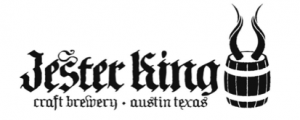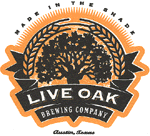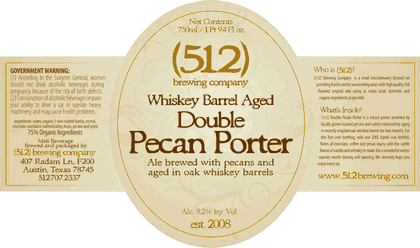On Sundays in May, I will post a snapshot of a southwestern US brewery along with a suggested beer or two to try. I will give you a sneak preview of one brewery now.
North by Northwest Brewing in Austin, Texas.

Duckabish Amber
Pilsner, Caravienne, and Chocolate malts give this beer its beautiful, deep amber color. It is soft and creamy and balanced by Horizon hops.
Pyjingo Pale Ale
Brewed in the style of the great ales of the Pacific Northwest, this complex combination of Pilsner and Caravienne malts and Horizon, Cascade and Amarillo hops make it a great session beer.
Okanogan Black Ale
This rich, malty dark ale is reminiscent of the smooth ales produced by the Weltenberg Brewery in Northwestern Germany. The Pilsner, Caravienne, Munich, Chocolate, Black malts and Roasted Barley give this great dark ale a creamy, roasted malt flavor, which is perfectly balanced with Cascade hops.









